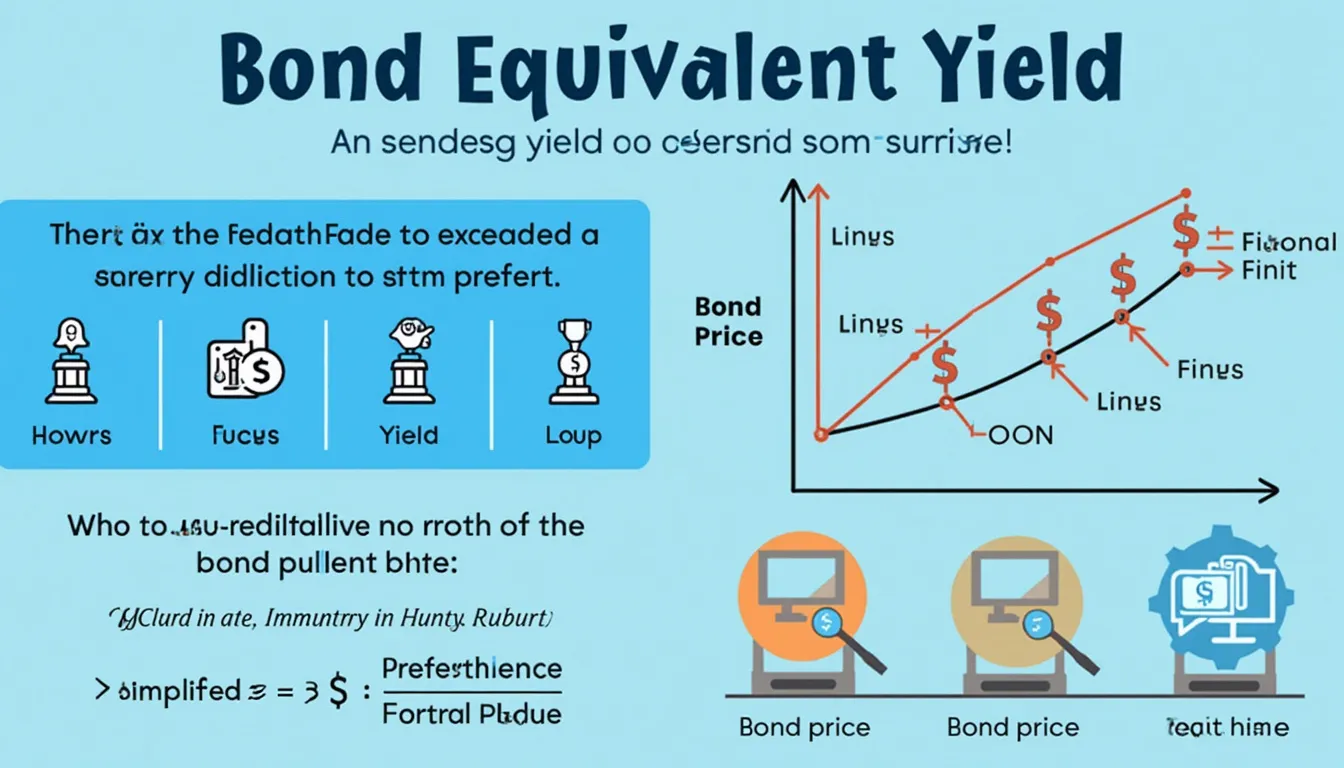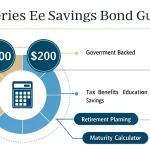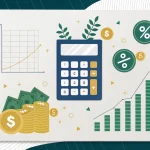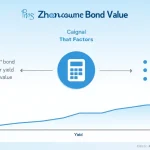Bond Equivalent Yield Calculator
Is this tool helpful?
How to Use the Bond Equivalent Yield Calculator Effectively
Maximize your bond investments by easily calculating the Bond Equivalent Yield (BEY) using this intuitive calculator. Follow these simple steps for accurate results:
-
Enter the Face Value: Input the bond’s face value, also known as par or nominal value. This is the amount the issuer promises to pay at maturity.
Example: 1,200 or 5,000
-
Input the Bond Price: Enter the current market price of the bond, which may be below face value for discount bonds.
Example: 1,150 or 4,850
-
Specify Days to Maturity: Provide the number of days remaining until the bond matures.
Example: 180 or 730
- Calculate the Yield: Press the calculate button to generate the Bond Equivalent Yield expressed as an annualized percentage.
- Review the Result: The calculator displays your Bond Equivalent Yield, helping you assess the annual return potential.
Understanding the Bond Equivalent Yield Calculator: Definition, Purpose, and Key Benefits
The Bond Equivalent Yield Calculator is an essential financial tool designed to standardize the yield comparison of discount and zero-coupon bonds on an annual basis. By converting bond yields to a common scale, investors and analysts can make more meaningful comparisons regardless of bond maturity or payment structure.
Bond Equivalent Yield (BEY) helps quantify the annualized return of bonds sold below their face value, offering insights into potential investment performance. The main formula behind this calculation is:
Using Mathjax 3 for clear mathematical representation:
$$ \text{BEY} = \frac{(\text{Face Value} – \text{Bond Price})}{\text{Bond Price}} \times \frac{365}{\text{Days to Maturity}} $$
This formula annualizes the simple return on the bond, making it possible to evaluate bonds with different maturities on a consistent scale.
Purpose and Benefits of Using This Tool
- Standardizes Yield Comparisons: Easily compare bonds with varying maturities and discount structures by converting yields to an annual basis.
- Supports Informed Investment Decisions: Quickly assess which bonds offer the best potential returns relative to their price and time to maturity.
- Enhances Portfolio Management: Streamline bond evaluation processes for optimal portfolio diversification.
- Delivers Accurate Results Instantly: Avoid manual calculation errors and save time in your investment analysis.
- Educates New Investors: Gain a practical understanding of bond yields and discount bond valuation.
Example Calculations Using the Bond Equivalent Yield Calculator
Here are practical examples demonstrating how the calculator can be utilized to compare different bond investments quickly:
Example 1: Short-Term Discount Bond
- Face Value: $1,500
- Bond Price: $1,425
- Days to Maturity: 120
Calculated BEY: $$ \frac{1500 – 1425}{1425} \times \frac{365}{120} = 0.0526 \times 3.0417 = 0.1600 \quad \Rightarrow \quad 16.00\% $$
Example 2: Medium-Term Zero-Coupon Bond
- Face Value: $8,000
- Bond Price: $7,100
- Days to Maturity: 365
Calculated BEY: $$ \frac{8000 – 7100}{7100} \times \frac{365}{365} = 0.1268 \times 1 = 0.1268 \quad \Rightarrow \quad 12.68\% $$
These examples highlight how the Bond Equivalent Yield Calculator helps investors compare the attractive returns of bonds with differing maturities and prices efficiently.
Why Use the Bond Equivalent Yield Calculator? Key Advantages
1. Fast and Reliable Yield Estimation
Save valuable time with instant calculations that eliminate the need for manual work, all while ensuring dependable results.
2. Simplifies Complex Financial Concepts
Break down intricate bond yield calculations into straightforward inputs and outputs accessible even to beginners in fixed-income investing.
3. Empowers Sound Investment Choices
Rapidly assess bond yield competitiveness, allowing savvy investors to optimize returns and portfolio balance.
4. Enhances Educational Insights
Ideal for finance students and professionals sharpening their understanding of discount bond valuation and yield approaches.
5. Mobile and User-Friendly Design
Access the calculator seamlessly across devices, so you can analyze bond yields anytime, anywhere.
Practical Uses and Application Scenarios for the Bond Equivalent Yield Calculator
Investment Comparison
Evaluate multiple discount bonds’ annualized returns side by side to find the most attractive investment opportunities.
Portfolio Management
Regularly calculate BEY to rebalance and optimize your fixed-income portfolio in line with market fluctuations.
Financial Education
Use this calculator as a hands-on tool to learn about bond pricing, yield calculations, and investment strategies in academic or training environments.
Research and Analysis
Accelerate bond yield data analysis for financial research projects involving large datasets of zero-coupon or discount bonds.
Important Disclaimer
The calculations, results, and content provided by our tools are not guaranteed to be accurate, complete, or reliable. Users are responsible for verifying and interpreting the results. Our content and tools may contain errors, biases, or inconsistencies. Do not enter personal data, sensitive information, or personally identifiable information in our web forms or tools. Such data entry violates our terms of service and may result in unauthorized disclosure to third parties. We reserve the right to save inputs and outputs from our tools for the purposes of error debugging, bias identification, and performance improvement. External companies providing AI models used in our tools may also save and process data in accordance with their own policies. By using our tools, you consent to this data collection and processing. We reserve the right to limit the usage of our tools based on current usability factors.







